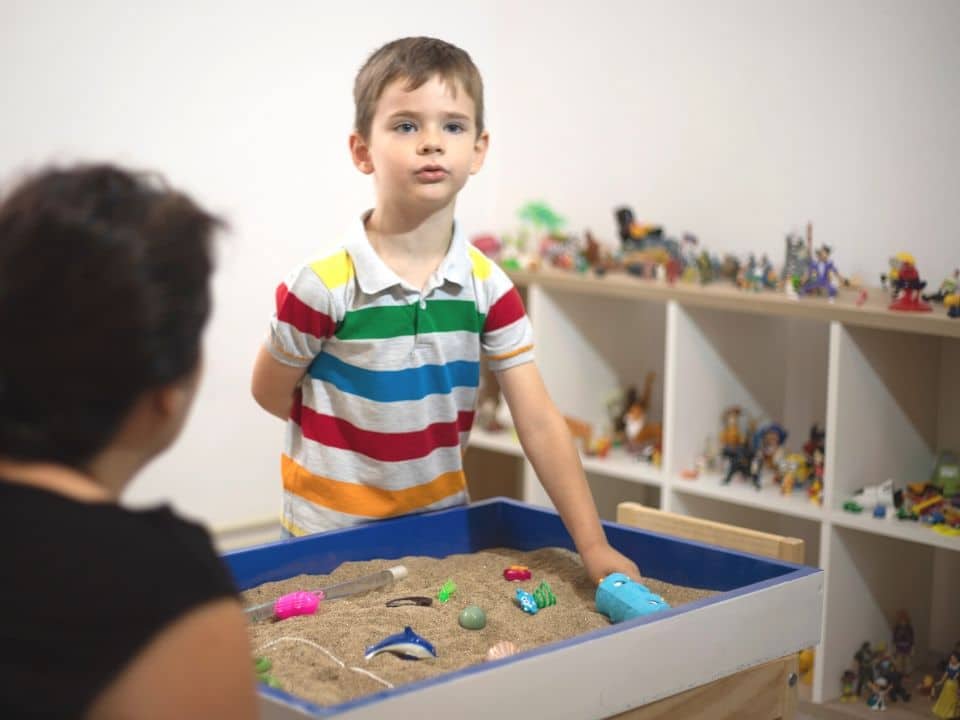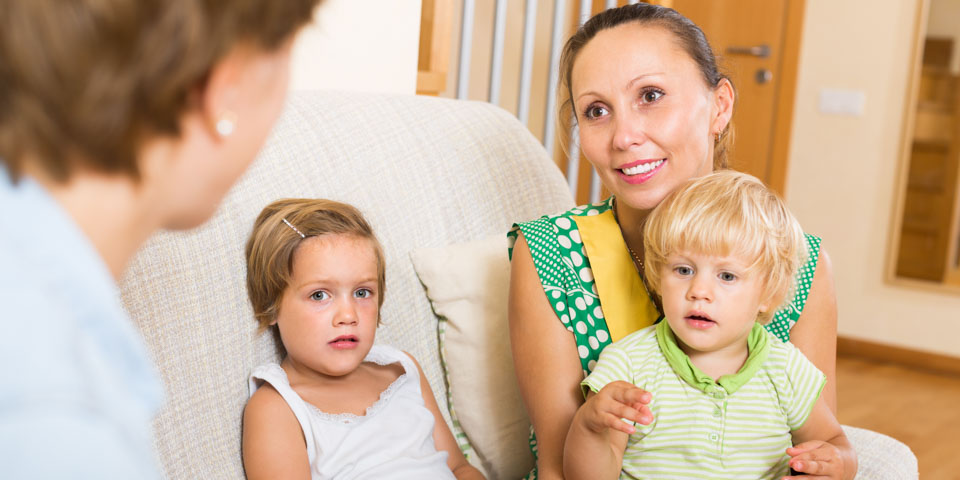Ottenere una diagnosi
Characteristics of autism checklists
The characteristics of autism can vary greatly from person to person, and can also develop, change and improve over time. Age and cognitive ability can also have an impact on how the characteristics of autism present themselves. If you feel that you, or someone you love, is autistic, the below checklists can provide you with a list of the common characteristics that may be observed in each age group.
Lista di controllo per la prima infanzia
Lista di controllo della scuola primaria
Lista di controllo adolescenti
Le differenze nell'autismo in base al sesso
Far more males than females are diagnosed with an Autism Spectrum Disorder in Australia. In fact, four Australian males are diagnosed on the spectrum to every one female. Evidence suggestions, there could be a range of reasons for this, including a bias towards males in the diagnostic process. Find out more about the differences in presentations of autism based on gender.

Perché fare una diagnosi?
I bambini
- Your child (and you) may receive the help and support you might need or desire earlier.
- Your child’s kindy or school, and teaching staff, may have a better understanding of your child’s strengths and needs – allowing them to support them more effectively.
- Your child’s friends and family friends may have a better understanding of your child’s strengths, needs and behaviours – allowing them to interact and support them more effectively.
- Your child may have a greater sense of self-identify if they understand themselves better .
- Your child may have increased confidence knowing they are part of a larger group of children on the autism spectrum.
Adulti
- Assist you to receive any appropriate funding, support and help you might desire.
- La tua famiglia, i tuoi amici e colleghi di lavoro (se scegli di dirglielo) possono avere una migliore comprensione delle tue esigenze e permettere loro di sostenerti in modo più efficace.
- Si può avere un maggiore senso di auto-identità se si capisce te stesso - e lo spettro - meglio.
- Potreste avere una migliore comprensione delle vostre esperienze da bambini.
- You may benefit from the support and friendship of a larger group of other autistic adults.

Getting a diagnosis – children < 18 years
If you have questions about your child’s development, it’s important to raise them with a qualified professional, including a General Practitioner (GP) who may refer your child for an autism assessment.
Alternatively, if you have questions about your child’s development, and think that they may be autistic, you can refer them directly to a number of professionals that can assess for autism.

Ottenere una diagnosi - adulti > 18 anni
The assessment process as an adults might look a bit different than that for children. Generally, referrals for adult diagnosis are made by you, as an adult. Referrals can also be made by individuals, parent or carer or by your partner with your consent.
Discutere il tuo sviluppo con un medico di famiglia o con un operatore sanitario può essere utile anche prima del referto, dato che il tuo operatore sanitario può fare dei referral per intraprendere una valutazione psicologica o psichiatrica. Un logopedista potrebbe anche essere consultato per valutare le vostre capacità di comunicazione sociale.

Cosa fare dopo una diagnosi
A diagnosis of autism can raise many emotions – relief at finally having an answer to some of the questions that you may have had about your or your child’s development, excitement, sadness, fear or even grief. All of these feelings and emotions are okay and should be allowed to run their course.
A livello pratico, avere una diagnosi può collegarvi con un'ampia gamma di servizi e supporto disponibili.
Quali altre condizioni coesistono con l'autismo?
L'attuale manuale diagnostico per l'autismo, il DSM-5 nota che il 70% delle volte una diagnosi di autismo è accompagnata da una condizione o diagnosi aggiuntiva, e il 40% delle volte da due o più condizioni di diagnosi aggiuntive.
Queste condizioni co-occorrenti possono comparire in qualsiasi momento durante lo sviluppo di una persona, e alcune di esse possono comparire solo in età adulta o più tardi nell'adolescenza.
Ecco un elenco delle condizioni chiave che possono verificarsi oltre alla diagnosi di autismo.



